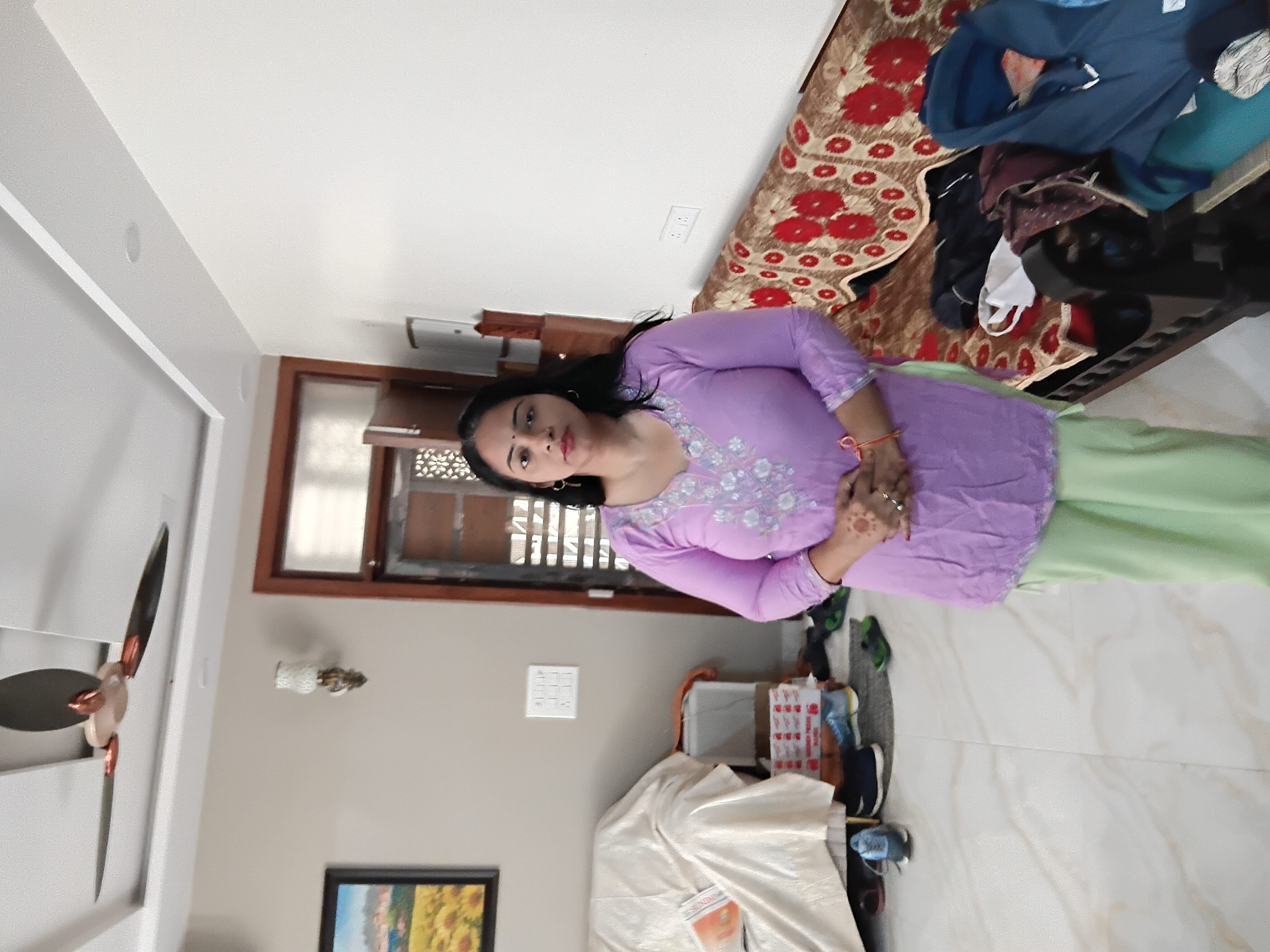Monthly trending articles on ConnectClue
Important steps to eradicate dowry
Nikki Bhati Dowry Death: Father Demands House Demolition
"They are killers, they should be shot, their home razed. My daughter was bringing up her son by running a parlour. They tortured her. The whole family was involved in the conspiracy, and they killed my daughter,? the father of 28-year-old Nikki was quoted as saying by NDTV.
Nikki's father urged Yogi Adityanath to take action. He said, "They shoot pickpockets in the leg and they won't kill these murderers? This is a BJP government."
How Dowry Started in India
Post updated on: Aug 26, 2025 12:30:08 AM

Post updated on: Jun 8, 2025 9:10:44 PM
Post updated on: Mar 21, 2024 9:34:16 PM
Post updated on: Jan 27, 2024 2:45:45 AM

Post updated on: Oct 8, 2023 3:23:14 AM
Post updated on: Sep 7, 2023 11:09:41 PM
Post updated on: Apr 2, 2023 1:30:41 PM
Post updated on: Jan 9, 2023 9:23:16 AM
Post updated on: Jan 8, 2023 1:21:55 AM
Post updated on: Jan 8, 2023 1:21:20 AM
Post updated on: Jan 8, 2023 1:20:13 AM
Post updated on: Jan 8, 2023 1:18:20 AM
|
Ingredients
|
Quantity
|
|
Egg yolk
|
4 no.
|
|
Breakfast Sugar
|
60 gm
|
|
Cream
|
0.5 litre
|
|
Vanilla Essence
|
3 ml
|
|
Salt
|
a pinch
|
|
Brown Sugar
|
80 gm
|
Post updated on: Jun 4, 2022 6:11:20 PM
|
Ingredients
|
Quantity (gm)
|
|
Flour
|
1050
|
|
Yeast
|
45
|
|
Salt
|
6
|
|
Soft butter
|
150
|
|
Eggs
|
150
|
|
Chopped garlic
|
90
|
|
Gluten
|
10
|
|
Bread improver
|
10
|
|
Sugar
|
30
|
|
Water
|
500
|
Post updated on: Jun 4, 2022 6:10:20 PM

|
Ingredients
|
Quantity (gm)
|
|
Flour
|
1050
|
|
Yeast
|
45
|
|
Salt
|
6
|
|
Soft butter
|
150
|
|
Eggs
|
150
|
|
Chopped garlic
|
90
|
|
Gluten
|
10
|
|
Bread improver
|
10
|
|
Sugar
|
30
|
|
Water
|
500
|
Post updated on: Oct 20, 2021 4:59:23 AM

Post updated on: Oct 13, 2021 4:43:45 AM

Post updated on: Oct 10, 2021 7:53:10 AM

Post updated on: Oct 6, 2021 1:20:46 AM

Post updated on: Oct 1, 2021 11:33:47 PM
Post updated on: Sep 27, 2021 3:07:14 PM
Discover your area of interest
Advertisement
Art & entertainment
Astrology & spirituality
Cooking
Culture
Current affairs
Education
Fashion
History
Hotel management
Industry
Medical & fitness
Motivational
Politics
Real life stories
Sports
Story & poetry
Technology
Top in search
Tourism
More recent categories
fashion(Public)
By: Exact
Healthcare BPO Solutions(Public)
By: Gavin
Buy Gold Nuggets in Cameroon(Public)
By: nkongsamba
Gold for sale in Cameroon(Public)
By: nkongsamba
Rough Diamonds in Asia(Public)
By: nkongsamba
Others(Public)
By: Gavin
Education(Public)
By: claire
Technology(Public)
By: Sai
Preschool(Public)
By: BrainBunny
Education(Public)
By: James















